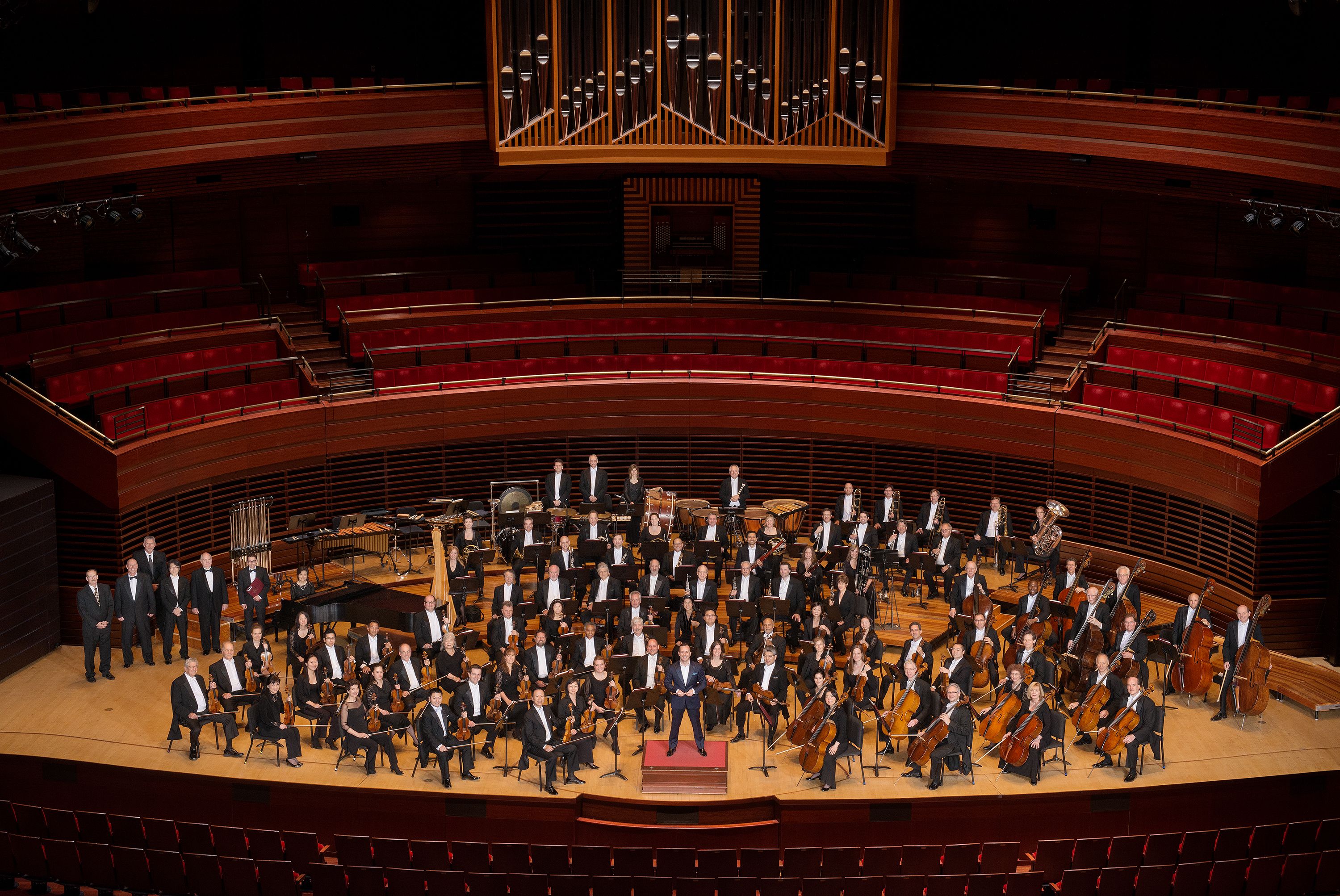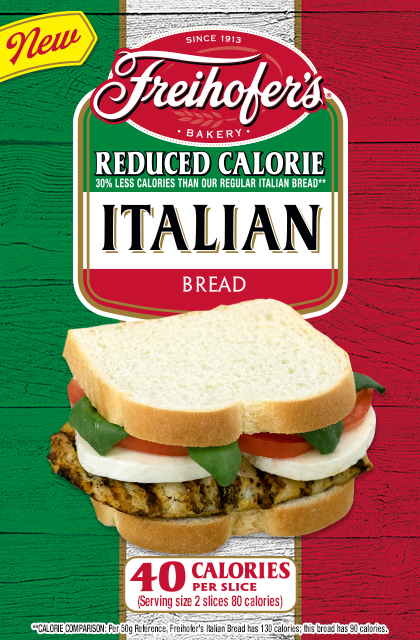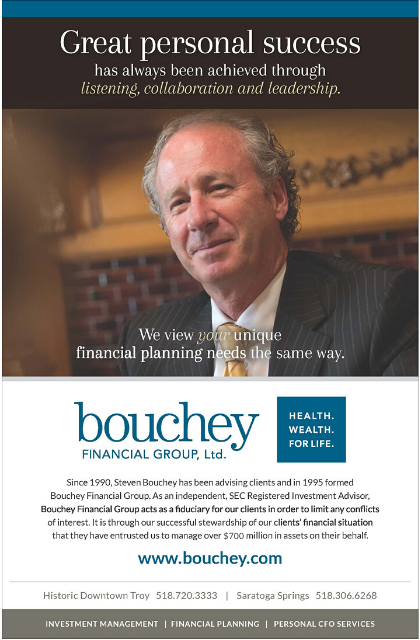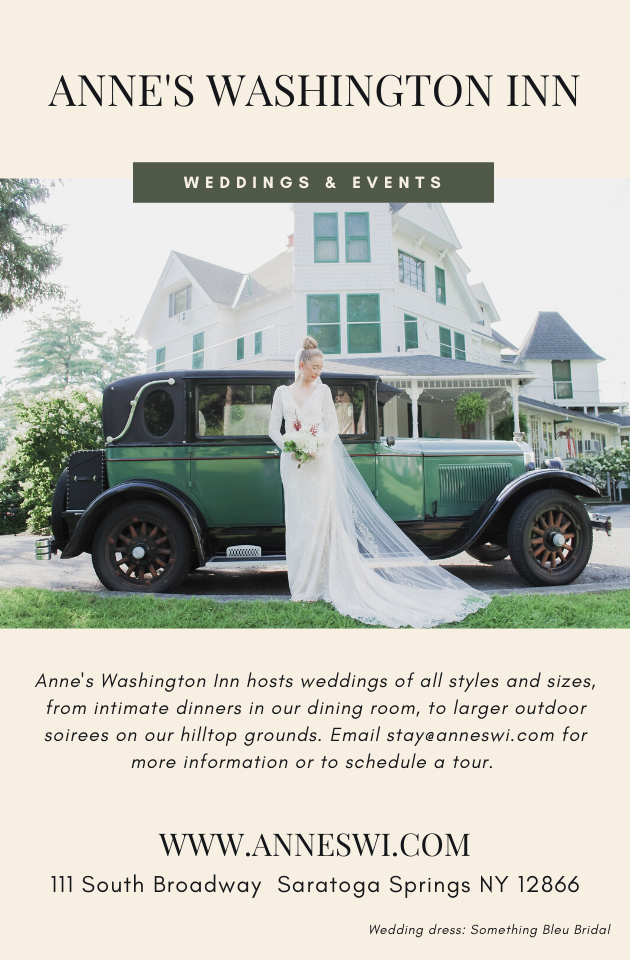SEVEN O’CLOCK SHOUT
Composed in 2020
VALERIE COLEMAN
Born in Louisville, Kentucky, in 1970
Now living in Miami
Written in the mid-14th century, Boccaccio’s Decameron contains a harrowing description of the devastation brought about by a plague. Corpses lie in the streets and citizens flee terrified into nature. In the midst of the pandemic, people play and sing soothing songs, aiding in their survival. Boccaccio compares living during a plague to climbing a steep mountain where the summit is not clear—and imagines that when people get to the top they will see a nature more beautiful than they have ever seen before.
Valerie Coleman’s Seven O’Clock Shout is that lush vista. She explains:
"The work begins with a distant and solitary solo between two trumpets in fanfare fashion to commemorate the isolation forced upon humankind, and the need to reach out to one another. The fanfare blossoms into a lushly dense landscape of nature, symbolizing both the caregiving acts of nurses and doctors as they try to save lives, while nature is transforming and healing herself during a time of self-isolation."
The Philadelphia Orchestra commissioned Seven O’Clock Shout in the spring of 2020, and it was premiered on a digital gala in June. Coleman wrote the piece for musicians to record their parts separately at home and a producer assembled the parts. In this new rendition the Orchestra will be together during its performance. It has become the Orchestra’s unofficial anthem, “inspired by the tireless frontline workers during the COVID-19 pandemic, and the heartwarming ritual of evening serenades that brings people together amidst isolation to celebrate life and the sacrifices of heroes,” says Coleman.
Coleman was born in Louisville, Kentucky, in 1970. She says about where she was raised, “You know, I grew up in Muhammad Ali's neighborhood, the west end of Louisville. And that is about as inner-city as any inner-city can get.” Her mother introduced her to classical music while she was still in the womb. Coleman recounts, “She would play Beethoven's Sixth Symphony, the ‘Pastoral’ Symphony, to me all the time. And so, that's how it all began.” A precocious child, Coleman started notating music in elementary school. She began formal musical studies at the age of 11 and by the age of 14 had already composed three complete symphonies. In high school she earned the opportunity to study flute and composition at Tanglewood, later receiving a double degree in composition/theory and flute performance at Boston University.
Coleman moved to New York City, where she founded the Imani Winds for which she has composed many works, including her Afro-Cuban Concerto for wind quintet and orchestra, encore pieces, and arrangements of spirituals. In 2002 Chamber Music America selected Umoja, whose full orchestral version The Philadelphia Orchestra commissioned and premiered last season, as one of its “Top 101 Great American Works” and in 2005 she was nominated with Imani Winds for a Grammy® Award for Best Classical Crossover Album. A sought-after teacher, she is currently assistant professor of performance, chamber music, and entrepreneurship at the Frost School of Music at the University of Miami.
Coleman describes her compositional process as a “very intuitive one,” though “never an easy one,” which requires “digging deep.” Sometimes she begins with a poem, a painting, or a biography of a unique, great person. For instance, her Portraits of Josephine, a ballet suite in eight movements for chamber ensemble, celebrates the life of entertainer Josephine Baker. Coleman is inspired by the creativity of Wayne Shorter’s improvisations and Mozart’s flute concertos. The poetry of Langston Hughes and Maya Angelou have led her to compose. She has a love for Paris and mentions the paintings of Matisse as revelatory backdrops. Her compositional process begins with what she calls a “kernel,” a topic that is “impactful,” and she strives to “listen for the soul” of her idea. She uses the metaphor of cooking to describe how composing for the Imani Winds was like being a “cook in the kitchen.” One of her goals in composing is to create a shared experience.
To create the shared experience during a time of isolation, Coleman used a technique called ostinato in Seven O’Clock Shout. She explains that an ostinato is
"a rhythmic motif that repeats itself to generate forward motion and, in this case, groove. The ostinato patterns here are laid down by the bass section, allowing the English horn and strings to float over it, gradually building up to that moment at 7 PM, when cheers, claps, clanging of pots and pans, and shouts ring through the air of cities around the world! The trumpets drive an infectious rhythm, layered with a traditional son clave rhythm, while solo trombone boldly rings out an anthem within a traditional African call-and-response style. The entire orchestra “shouts” back in response and the entire ensemble rallies into an anthem that embodies the struggles and triumph of humanity. The work ends in a proud anthem moment where we all come together with grateful hearts to acknowledge that we have survived yet another day."
Seven O’Clock Shout is a breathtaking pastoral tone poem, in the tradition of Debussy’s Prelude to the Afternoon of a Faun, as Coleman says, “turning from a ballad to a celebration.”
—Aaron Beck
CONCERTO IN D MINOR FOR TWO VIOLINS AND STRING ORCHESTRA, BWV 1043
Probably composed around 1730
JOHANN SEBASTIAN BACH
Born in Eisenach, March 21, 1685
Died in Leipzig, July 28, 1750
Bach’s preeminence as a composer of sacred music has long invited mystified accounts of his musical career. He has often been cast as a “Fifth Evangelist,” taking divine dictation from God. Notwithstanding his deep faith, Bach was a practical, practicing musician, who hailed from a long line of musicians. He had to please both secular and religious employers at different phases of his life. Most of his organ music, for example, came early in his career, when he was employed as a church organist in Weimar. Beginning in 1717, when he was appointed Kapellmeister (court conductor) in Cöthen, he created a large quantity of instrumental music, including his famous Brandenburg Concertos.
Bach moved in 1723 to Leipzig, where his principal duties shifted once again to producing religious music, although he continued composing a great amount of secular works. Many instrumental pieces were written for the Collegium Musicum, a group Georg Philipp Telemann had founded in 1702 and which Bach took over in 1729. Throughout his maturity he wrote keyboard pieces for his many children and also explored more purely compositional issues in large-scale projects such as the two books of the Well-Tempered Clavier, A Musical Offering, and The Art of the Fugue.
Despite his commanding position in music history since the 19th century, Bach was relatively unrecognized in his own time and for more than a half century after his death. It is not surprising therefore that many of his works were lost, and that little background information is known about many of his surviving pieces. Dating his output has proved a formidable problem that has occupied generations of scholars. Although the Concerto performed on tonight’s concert is traditionally viewed as dating from Bach’s Cöthen years, musicologist Christoph Wolff has recently made a compelling case, based both on manuscript evidence and stylistic considerations, that the work was in fact written in Leipzig, perhaps around 1730.
One of the ways that Bach arrived at the forms and styles for his concertos was by looking to earlier models, mainly Italian and specifically those by the celebrated Venetian Antonio Vivaldi (1678–1741). Indeed, some of Bach’s concertos were arrangements of pieces by Vivaldi that he adapted for different instruments. Likewise, Bach on occasion transformed his own violin concertos into ones for keyboard. He arranged the Concerto we hear tonight for two harpsichords, transposing the piece down a whole-step (Concerto in C minor, BWV 1062).
The work is popularly known as the “Double Violin Concerto,” although Bach’s own title page reads “Concerto à 6, 2 Violini Concertini, 2 Violini e 1 Viola Ripieni, Violoncello e Continuo.” This is, in fact, chamber music, most likely originally performed by just eight musicians, with two of the four violins featured with and against the rest of the ensemble.
Baroque concertos are typically based on so-called ritornello form. As the name suggests—“a little thing that returns”— relatively short passages of music played by the entire ensemble alternate with sections dominated by the soloists. Bach particularly admired Vivaldi’s handling of this form and learned from the older Italian composer. The Double Concerto is in three movements, with a lyrical slow movement framed by two fast ones.
As befits a double concerto pairing the same instrument, the opening movement Vivace begins fugally and sustains its relentless energy throughout. The heart-rending Largo ma non tanto is in a contrasting major key and 12/8 meter, featuring the two violin soloists in continuing dialog. The Concerto concludes with an intense Allegro, somewhat different from Bach’s usual approach in that it does not have a dance-like character.
—Christopher H. Gibbs
SYMPHONY NO. 1 IN C MINOR, OP. 68
Composed from 1862 to 1876
JOHANNES BRAHMS
Born in Hamburg, May 7, 1833
Died in Vienna, April 3, 1897
As a young composer, Johannes Brahms enjoyed the close friendship and enthusiastic support of Robert and Clara Schumann, two of the most influential musical figures of their day. In 1853, when Brahms was only 20 years old (and with merely a handful of songs, piano solos, and chamber pieces under his belt), Robert Schumann proclaimed to the world that his young friend’s piano sonatas were “veiled symphonies,” and that this composer was the rightful heir to Beethoven’s stupendous musical legacy.
Schumann’s enthusiastic promotion of Brahms was a double-edged sword. While it was flattering to be regarded as the savior of German music, Brahms was intimidated by the pressure to write symphonies worthy of the standard Beethoven had established. It would take him another 23 anxious years, and several abandoned attempts, before he could bring himself to tackle a symphony “after Beethoven,” as he put it. And even then he worried it would not be good enough.
Brahms began sketches for a first symphony as early as 1854, though subsequent progress was slow and sporadic. In 1862 he showed the first movement of a proposed symphony in C minor to some friends. Then, six years later, he sent to Clara Schumann a copy of the alphorn melody that would eventually find its way into the finale of his Symphony No. 1 in C minor. But by the early 1870s Brahms despaired of completing the work, lamenting to a friend, “I shall never write a symphony! You have no idea how it feels for someone like me always to hear the footsteps of such a giant as Beethoven marching along behind me!”
Still, the specter of a first symphony didn’t prevent Brahms from writing other orchestral works in the meantime. He produced two orchestral serenades, a piano concerto, and the masterly German Requiem, all of which had started out with symphonic aspirations. And in 1873 his orchestral Variations on a Theme of Haydn enjoyed enough success to convince him that perhaps a real symphony was not as impossible as it had once seemed. So by 1876 Brahms had completed his Symphony No. 1, at the relatively advanced age of 43.
Brahms tackled the looming shadow of Beethoven by making his own symphony an homage to the master. While Wagner claimed that the only possible path after Beethoven was the music drama and the single-movement symphonic poem, Brahms attempted to show that the four-movement model of the Classical symphony was still ripe for development, and he used Beethoven’s own symphonies as a springboard. Indeed, Brahms’s First Symphony has frequently been referred to as “Beethoven’s Tenth.”
A primary inspiration for Brahms’s First Symphony was Beethoven’s legendary Fifth. Brahms chose the same key, C minor, and used both the rhythm of its famous “fate” motif and the final apotheosis into C major at the conclusion of his own symphony. The main theme in the finale of Brahms’s First bears a striking resemblance, however, to the “Ode to Joy” theme from Beethoven’s Ninth. Brahms meant for these references to be overt—when it was mentioned to him that this work shared some resemblances to Beethoven, he reportedly shot back with indignation, “Well, of course! Any idiot can see that!”
The Symphony’s first movement opens with ominous drum beats (Un poco sostenuto), over which chromatic lines in the strings and woodwinds weave an anxious tapestry. The drumbeat echoes continue throughout the slow introduction before giving way to the dramatically agitated Allegro. A gentler second theme adds the contrast that provides the musical light and shadow in this movement.
Brahms’s natural gift for lyrical melody and rich harmonizations are evident in the opening of the second movement (Andante sostenuto), which then proceeds through a restless middle section before reprising the sumptuous melody in a new scoring for oboe, horn, and solo violin. The brief third movement (Un poco allegretto e grazioso) functions as a kind of intermezzo, with a rustic freshness that recalls some of Brahms’s earlier orchestral serenades.
The final movement begins like the first, with a slow introduction (Adagio) that reintroduces the portentous timpani drumbeats and sinuous chromaticism. But the “alphorn” theme soon clears away the lingering melancholy, turning the harmony toward a triumphant C major (Più andante). The strings then present a stately hymn (Allegro non troppo, ma con brio) that, together with a majestic trombone chorale, forms the basis for a variety of thematic iterations before reaching a glorious, even euphoric coda (Più allegro).
—Luke Howard
Program notes © 2021. All rights reserved. Program notes may not be reprinted without written permission from The Philadelphia Orchestra Association and/or Aaron Beck.
.






